TESTASTRETTA: THE BEATING HEART OF THE DESERTX & MTS V2
With the bulk of adventure bikes powered by single or parallel-twin engine (or in the case of Triumph, a triple), we figured we ought to take a look at what goes on in the V-twin that thumps away underneath two Ducati models, the all-new DesertX adventure bike and recently upgraded Multistrada V2 tourer.
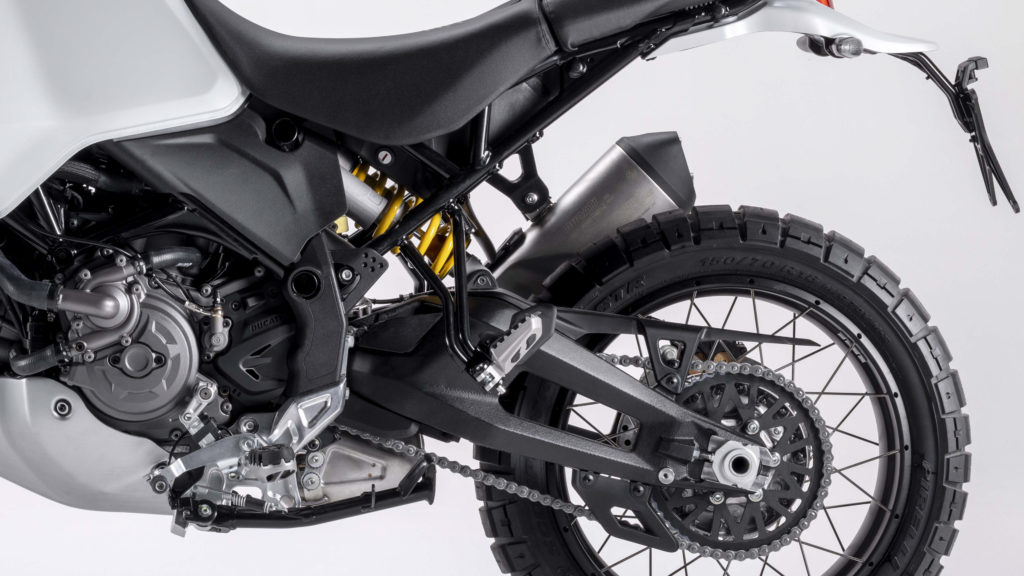
Both these models share the latest version of the well-known and much-loved V-twin water-cooled 937cc Desmodromic 11-degree Testastretta engine. Variants of this beast of an engine can also be found in the Hypermotard, SuperSport and Monster models, so it’s fair to say it has undergone plenty of intense R&D. Plus it’s got a long lineage. The Testastretta is derived from the original 851 8-Valve Desmo, which in turn was based on the Pantah 500 that Dr Fabio Taglioni designed way, way back in the mid-1970s.
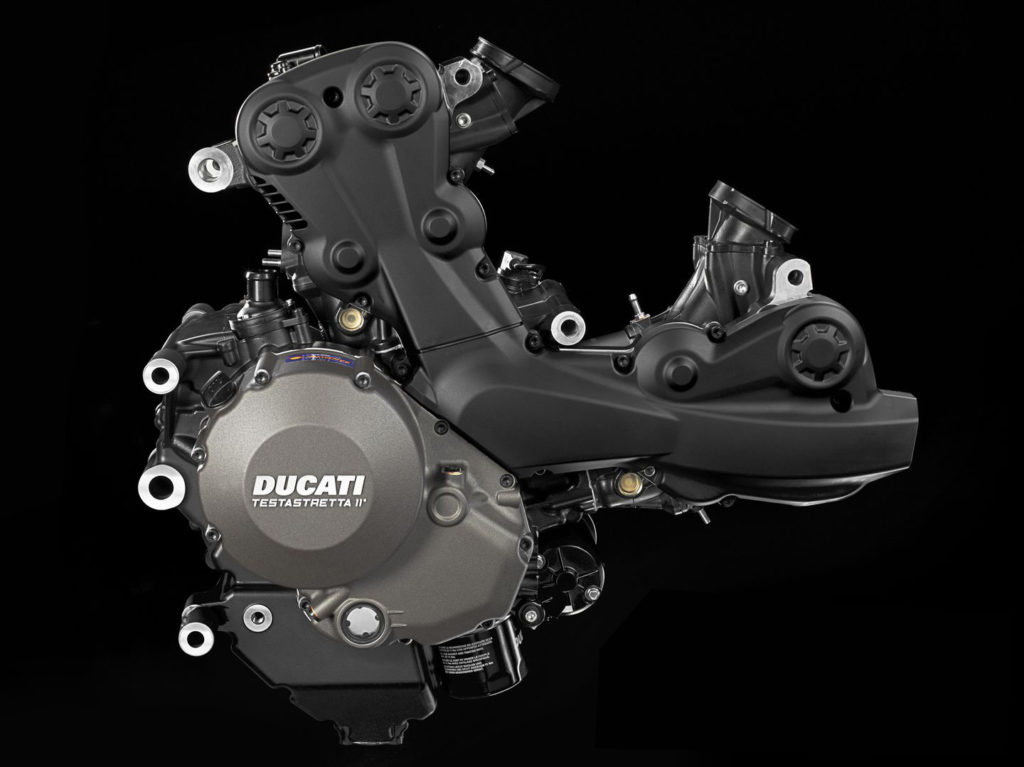
That tongue-twister “Testastretta” name translates to ‘narrow head’, and while originally introduced as a superbike engine, this down-to-earth evolution has embraced some incredibly practical changes – namely, extended service intervals with oil changes every 15,000km and valve checks every 30,000km! And that’s a far cry from the older, air-cooled valve checks that seemed to be due after only a few rides.

Talking valves, rather than solely relying on springs, all four valves on each cylinder are actuated by the desmodromic system. Far from some black magic, its simple yet brilliant design means the valves are positively controlled between open and close, ensuring smooth power at all revs. While we’re at it, the “11°” in the name refers to the degree of crankshaft rotation in the period while all the valves are open at the same time (no one claims Ducati’s naming systems were easy to understand!). This is called overlap, and the overlap angle in this engine’s case is 11 degrees. Overlap is a massive factor in determining the nature of an engine. High-performance engines have lots of overlap, but tend to run rougher with worse efficiency at low revs than similar ones with less overlap, so Ducati’s Desmo brings the best of both worlds to the table. If you’re keen to know more about Desmo after I’ve glossed over most of it here, this vid does as good a job as any on explaining it all).
Delivering in the vicinity of 110hp with oodles of torque is no problem for the Testastretta. Its reliability is well known, as is its incredibly tractable power delivery from way down in the rev range all the way through to the redline, thanks to those two thumping pistons.
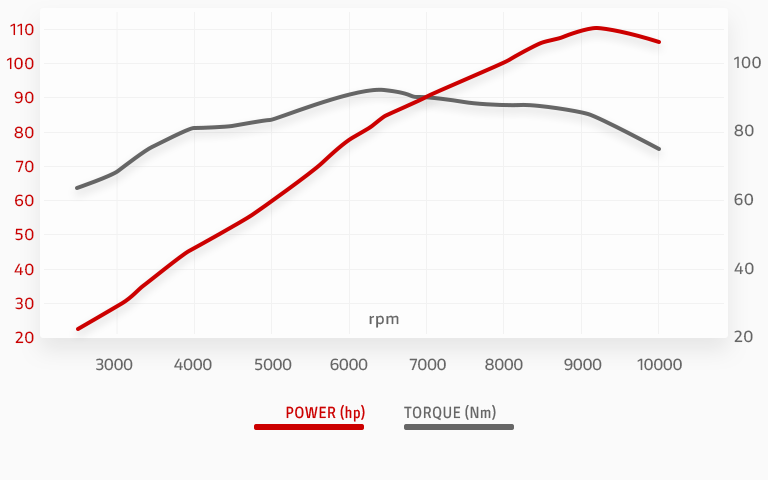
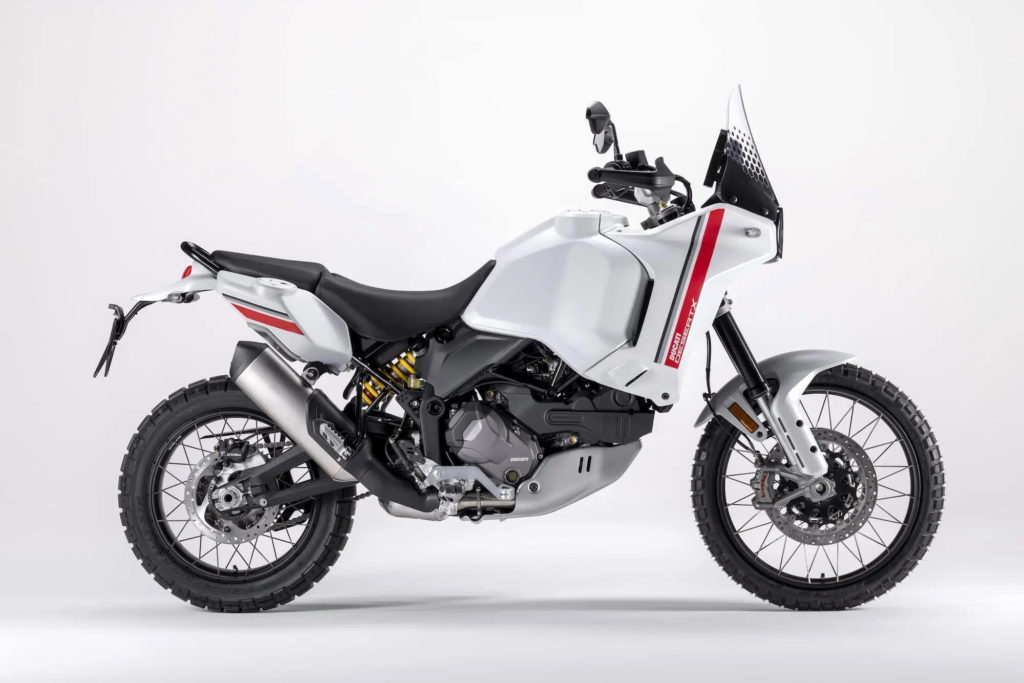
While the DesertX shares the engine with the Multistrada V2, Ducati made the very conscious choice to alter the internal gearing in the gearbox rather than simply changing sprockets. Manufacturers tend to leave the guts of the gearbox the same on multiple models with the same engine (for example, the internal gearbox ratios in Yamaha’s MT-07 street bike and the Ténéré 700 adventure machine are near identical, sharing the same primary drive ratio of 33/61, along with third, fourth and fifth gear ratios), but not Ducati with these two models.

So, compared to the Multistrada V2’s more road-focused unit, Ducati focused on making the DesertX’s first two gears much shorter (14.3 and 8.7%, respectively) in order to cope with the low-speed riding we find ourselves in once getting down and dirty. Third through fifth are geared incrementally lower, while sixth gear is properly tall to facilitate highway use while maintaining low engine speeds. And all six (on both models) are actuated by one very precise, two-way Quickshifter.
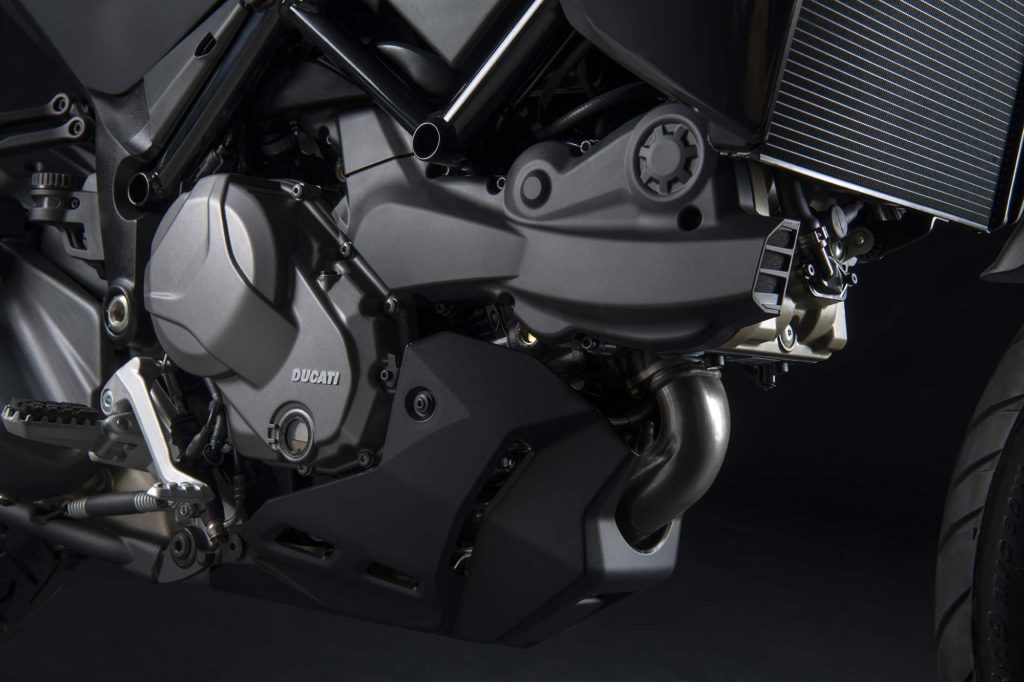
With all Ducati’s motorcycles distinguished by decades of race heritage, it might just be that unique engine architecture and sound that fires up the senses the most. All of which is encompassed in the highly evolved Testastretta engine. You could say we’re stinging to feel its goodness in the flesh on both the DesertX and Multi V2. Not long now…
DUCATI TESTASTRETTA – MODEL COMPARISON
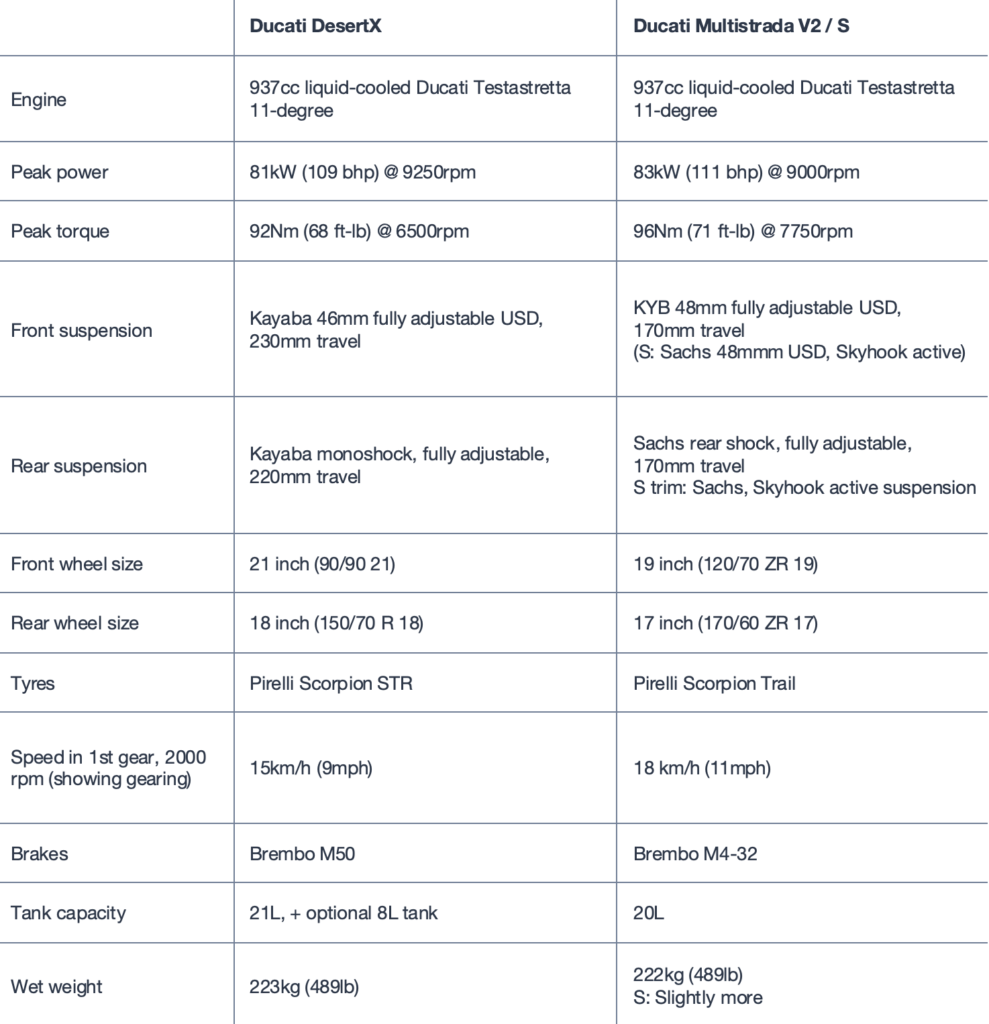
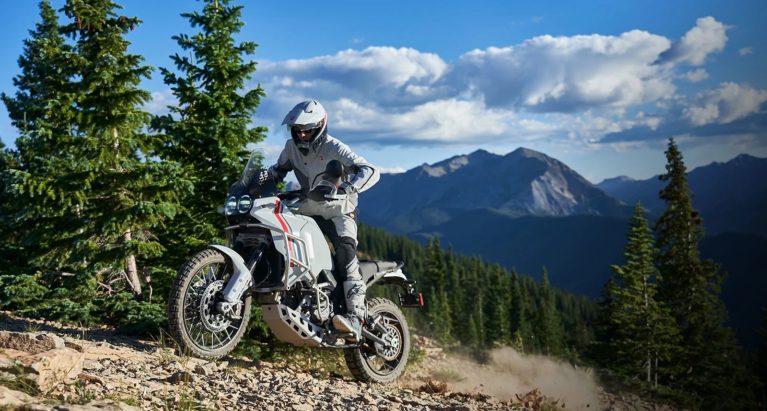







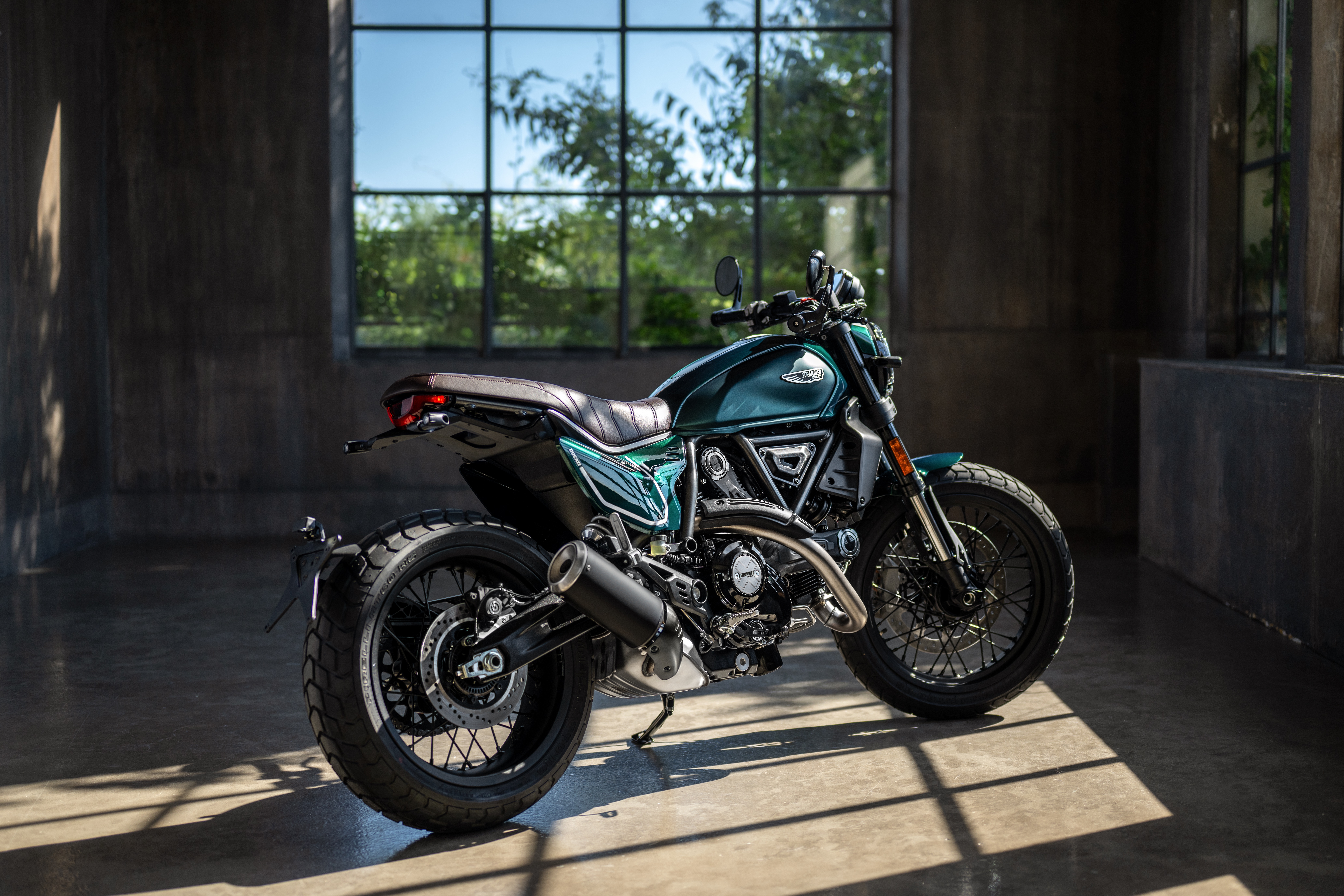
Be the first to comment...